
Promoting
Young Childrens
Emotional
Health and
Wellbeing
A Practical Guide for
Professionals and Parents
Sonia Mainstone-Cotton

Jessica Kingsley Publishers
London and Philadelphia
With thanks to
Iain, Lily and Summer for believing in me
Clare, Fred, Louie, Ruth, and to Gwyn and Iain for
reading through the chapters and advising me.
Contents
Introduction
This book focuses on exploring and thinking about emotional health and wellbeing. Every person needs good wellbeing to be able to fully be the person they are meant to be. We often hear about the importance of wellbeing for adults and teenagers; however, we know from research that growing numbers of younger children have low self-esteem and low wellbeing. I believe if we can enable children to have good wellbeing in the early years then we are setting them up with a solid start for their life. This book will be exploring wellbeing and emotional health in young children and offering practical guidance and ideas on how we can promote and increase young childrens emotional health and wellbeing.
What is wellbeing?
Wellbeing is a phrase thats often used but its not always clear what it means. When I started writing this book I asked a group of friends what they think wellbeing is. This group of people included educators, carers, artists, writers, vicars, youth workers. The words they used were: feeling safe, knowing my basic needs are met, knowing I am supported, free to laugh and joke, free to discover my creativity, thriving not surviving, eating a good meal, being able to run.
Words that come to my mind when I think about wellbeing are: feeling loved, feeling safe, loving myself and feeling good about who I am, being able to cope with lifes difficulties.
A quick internet search describes wellbeing as: feeling good, functioning well, feeling contented, feeling enjoyment, being resilient. Weare (2015) describes wellbeing as: involving a feeling of happiness, a sense of self worth, having a sense of meaning and purpose to your life, having friendships and relationships which are supportive and understanding, being able to deal with your own emotions.
I believe one of the most important roles we have as adults is to help children to have good wellbeing, and the start of that is helping children to know that they are loved, they are special and they are unique individuals.
Questions for practice and reflection
 How is your wellbeing?
How is your wellbeing?
Look at the words that describe wellbeing, and then take a moment to think about how you feel and think about your emotions around this word.
UNICEF report on wellbeing
In 2007, UNICEF produced a report on the wellbeing of children in 29 countries; Britain was bottom of this league table (UNICEF 2007). This report was a wake-up call to educators, children and youth workers, policy-makers and politicians. The report looked at six different aspects of wellbeing: material wellbeing, education, health and safety, relationships with family and friends, behaviour and risks and childrens views of their own wellbeing. Britain got the lowest score in two of these six areas: relationships with family and friends and childrens own view of their wellbeing.
The importance of relationships
Part of the measurement for relationships was looking at the number of children who lived in single family households, how many children eat main meals with parents more than once a week, the number of children who said that parents spend time talking and listening to them; and how many children find their peers kind and helpful (UNICEF 2007). This was a clear reminder that wellbeing is not just about what we provide for children but it is also about the importance of the relationships we have with children and the relationships they have with friends. The Childrens Society (2009) did further research with children and young people exploring childrens views of wellbeing through The Good Childhood Inquiry; they heard evidence from 18,000 children and young people across the UK. Their conclusion from talking with children was that the main things children need for a good wellbeing and to flourish are loving families, friends, a positive lifestyle, good schools, good mental health and enough money (Layard and Dunn 2009). One of the questions the children were asked was: What makes for a good family life? (The Childrens Society 2009). Some of the answers included:
Youre there for each other.
Respect your family.
When trouble comes, youve got to work things out together.
A family to love and care about them and to help them with their problems.
Wellbeing in schools
The National Association of Head Teachers has warned that a fifth of children in school have a mental health problem before the age of 11 (Richardson 2016). Young Minds (2016) report that one in four young people in the UK experience suicidal thoughts. These are alarming statistics, as a society we need to take this seriously. If we can get it right with the early years, by ensuring they have good wellbeing, there is much hope for the future of our children (Weare 2015).
Wellbeing research in early years
People often talk about the wellbeing of adults and teenagers. However, there has been a growing realisation that we need to be talking about the wellbeing of all ages. The London Metropolitan University (LMU) and the National Children s Bureau (NCB) launched a wellbeing project: Talking about Young Children s Wellbeing 20092011; the focus was on hearing young childrens views on their wellbeing, as well as the views of parents and practitioners (Manning-Morton 2014). Most research on wellbeing has been with older children and many of the ideas that influence policy on wellbeing are based on research with older children The LMU/NCB wellbeing project was a refreshing change, challenging the notion that younger children dont have a view. They showed through their project how children are able to express their ideas about wellbeing. I have worked with early years children for a number of years, finding out their views of wellbeing; in my experience children are keen to share their thoughts and ideas, it needs adults to stop and listen to them.
Wellbeing and views of self
An important aspect of wellbeing is having a positive view of yourself. We know that a growing number of children have poor self-esteem, have poor body images of themselves and feel negative about how they look. In a recent Childrens Society report (Pople 2016) they found a third (34%) of girls aged between 10 and 15 years were unhappy about how they look; this figure has risen by four per cent in the last five years. There has also been some recent research by PACEY (2016) that has found 24 per cent of childcare professionals have reported seeing signs that children in their care between the ages of three and five years are unhappy about how they look or unhappy about their body. Pressure on children comes from all kinds of sources, and adults have an important role in helping children to understand and interpret messages about size, appearance and body image. How aware are we of the language we use with children about peoples looks, weight, skin colour or clothes? Do we give children praise which focuses on who they are, or how they look? These are important areas to reflect on for any adults spending time with children, but especially for parents and early years professionals.
Questions for practice and reflection

Next page
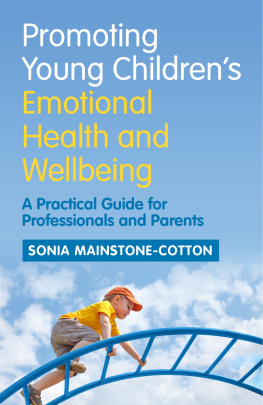
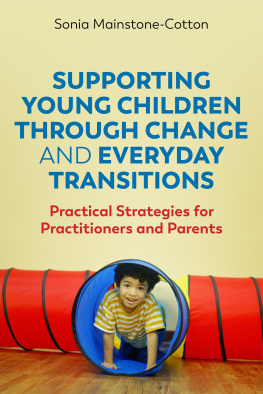

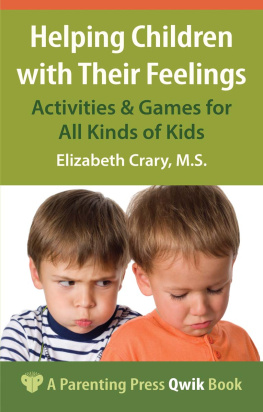
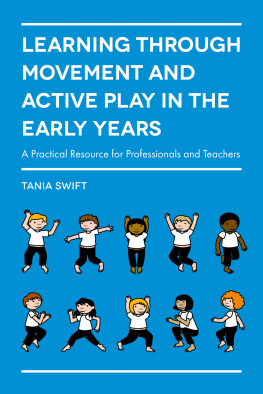
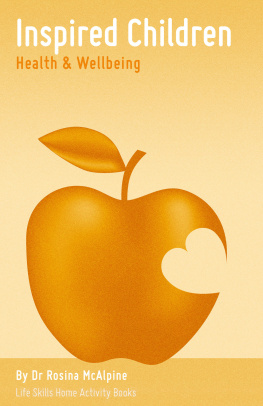
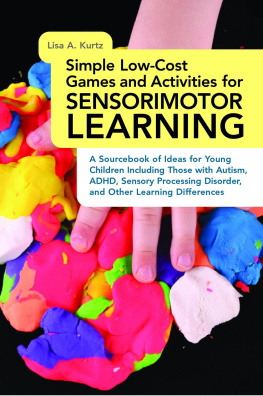
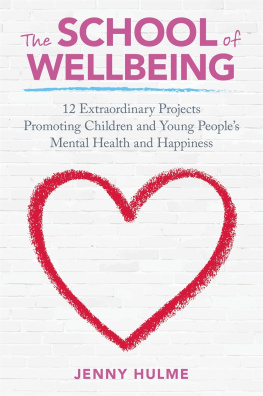
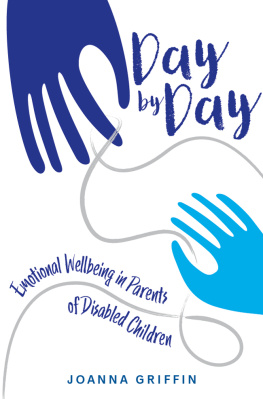
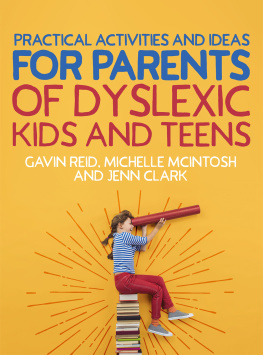
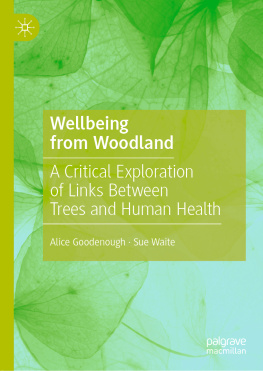


 How is your wellbeing?
How is your wellbeing?